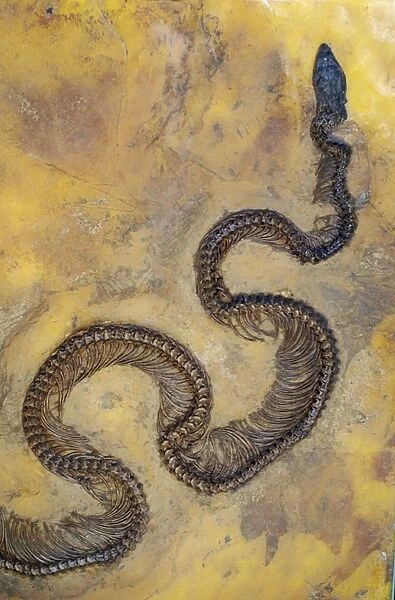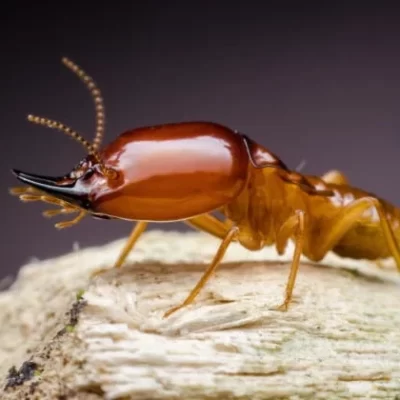A unique prehistoric python with an elongated lung has been discovered in the Messel Pit near Darmstadt, Germany. The Messel Pit is one of the most significant fossil sites globally, with recent discoveries including an unknown bird species, the oldest fossil of a live-bearing snake, and the world’s oldest python. During this year’s excavation campaign, a team from the Senckenberg Research Institute and Natural History Museum Frankfurt, led by Sonja Wedmann, discovered 820 new fossils, including approximately 80% insects and plants and 20% vertebrates, mainly fish, but also incomplete remains of three birds.
One of the most exciting finds was a 41-centimeter-long snake, which was initially unclear whether it was just a piece of the spine or if the head or tail of the animal had also been preserved. However, the meticulous work of Senckenberg preparator Bruno Behr revealed that the 47-million-year-old snake fossil had an intact head, body, and tail, as well as a rare anatomical feature, an elongated trachea that splits into two bronchial branches far back in the body. The well-preserved cartilage rings perfectly mark the shape and location of the trachea, making it a unique find in a German snake fossil.
According to paleoherpetologist Krister Smith, the reason for the unusually long trachea in snakes is their highly modified lung, which can reach up to 40% of the body length and is tube-shaped. The right lung is much larger than the left, which can even be absent, and the lung is elongated like a tube. The preliminary analysis suggests that the exceptional find is likely a juvenile of a prehistoric python species, but a more precise assessment can only be made after the completion of the preparation, particularly the skull side still in the rock.










